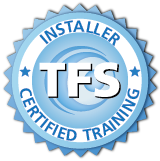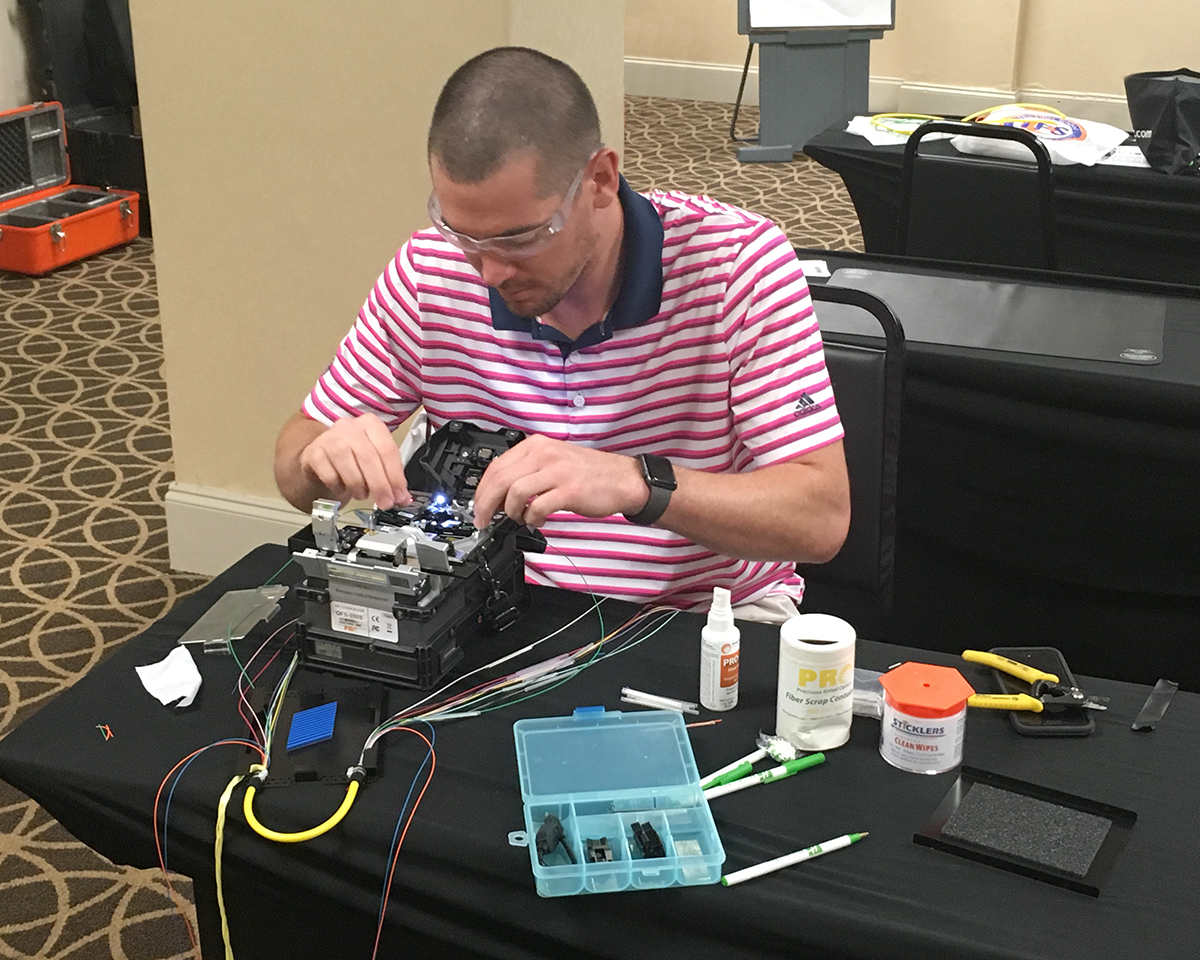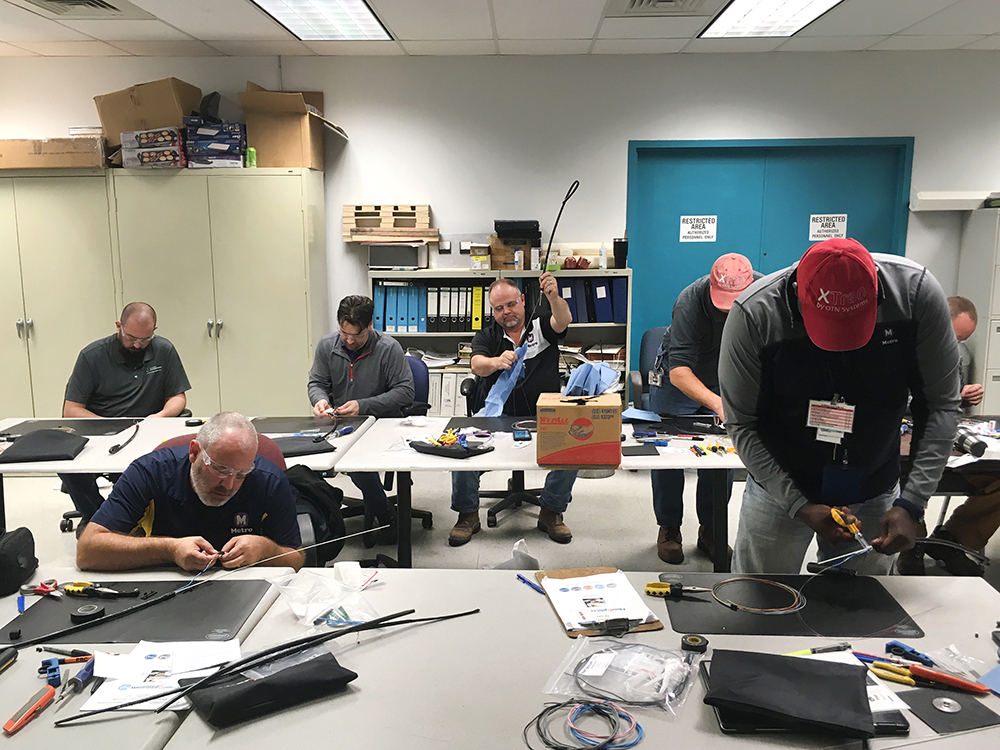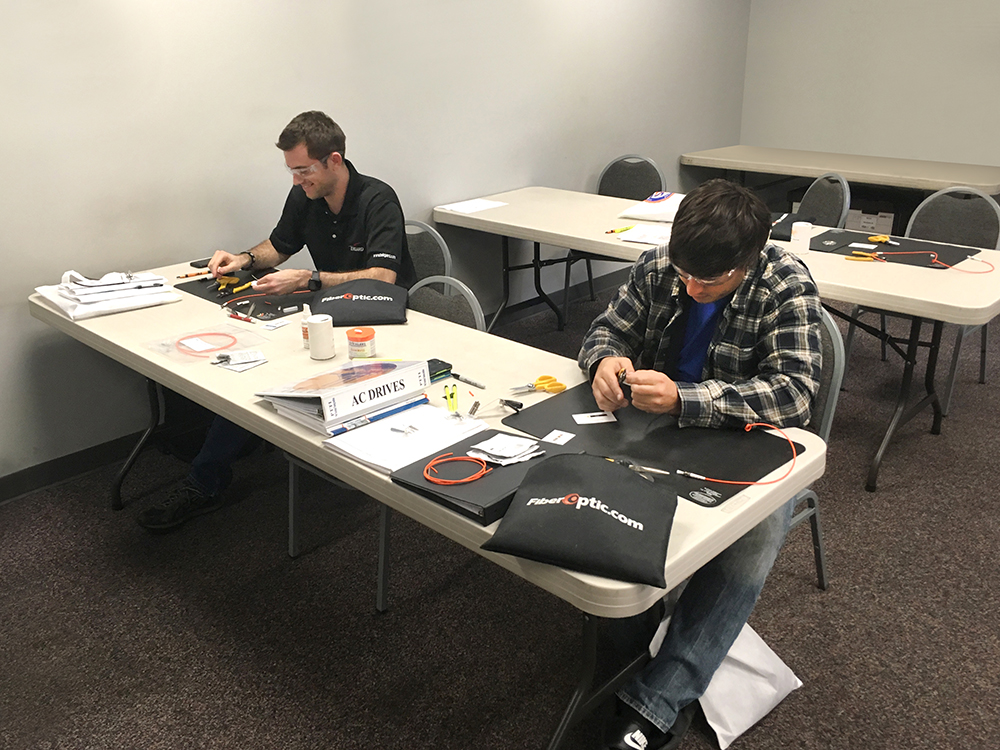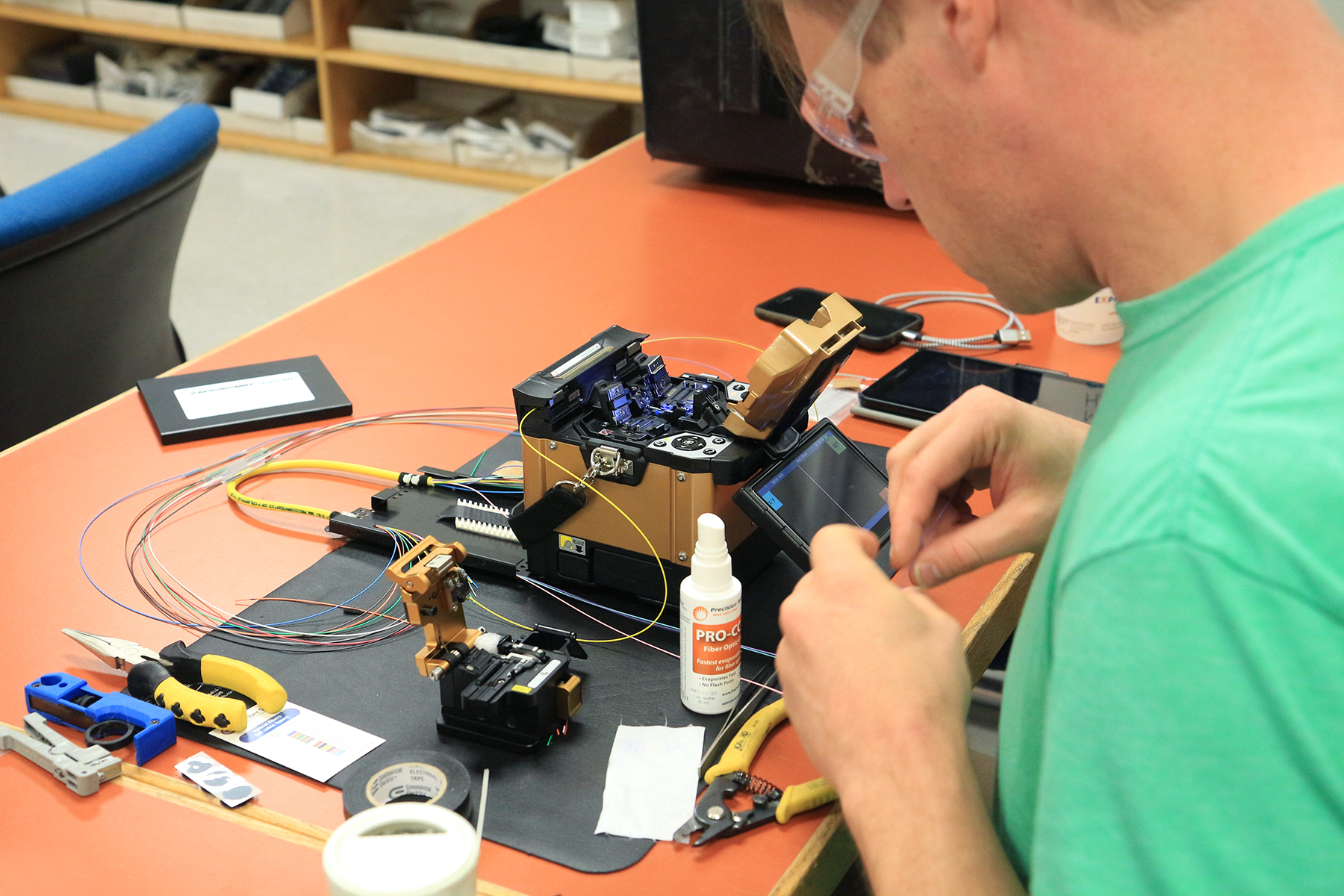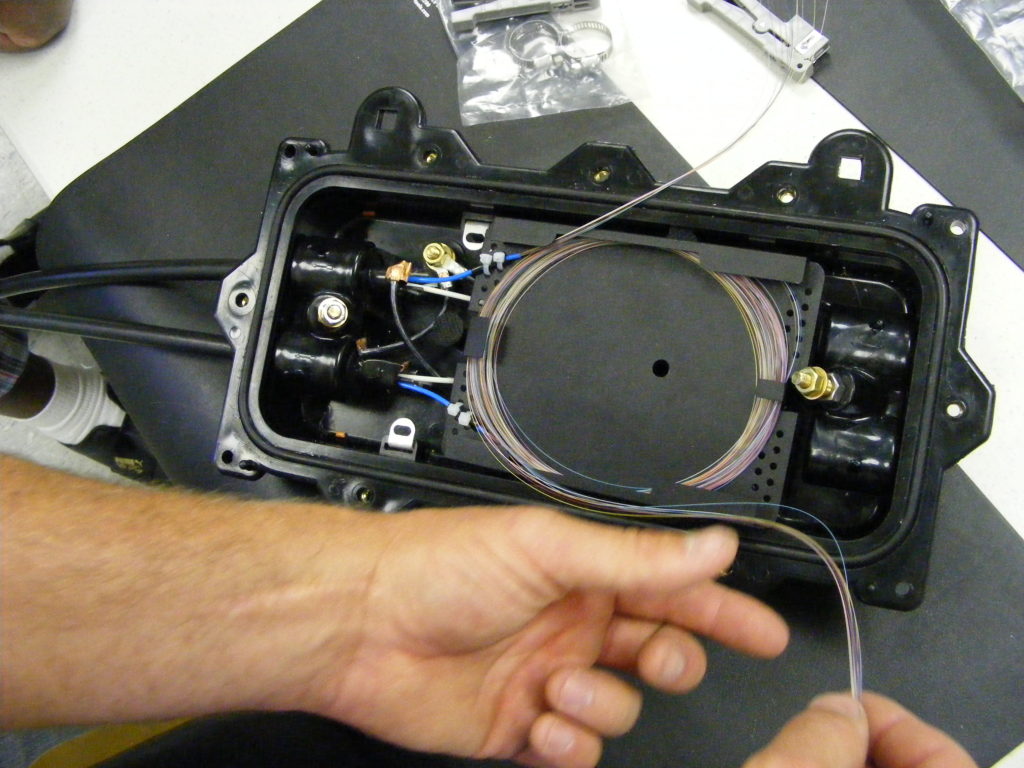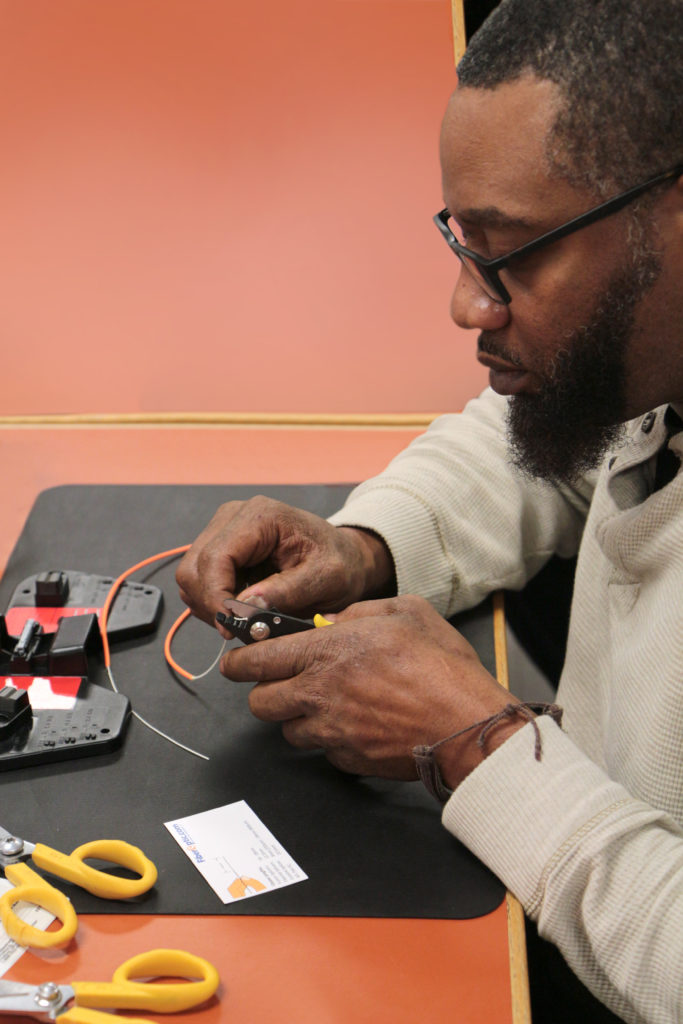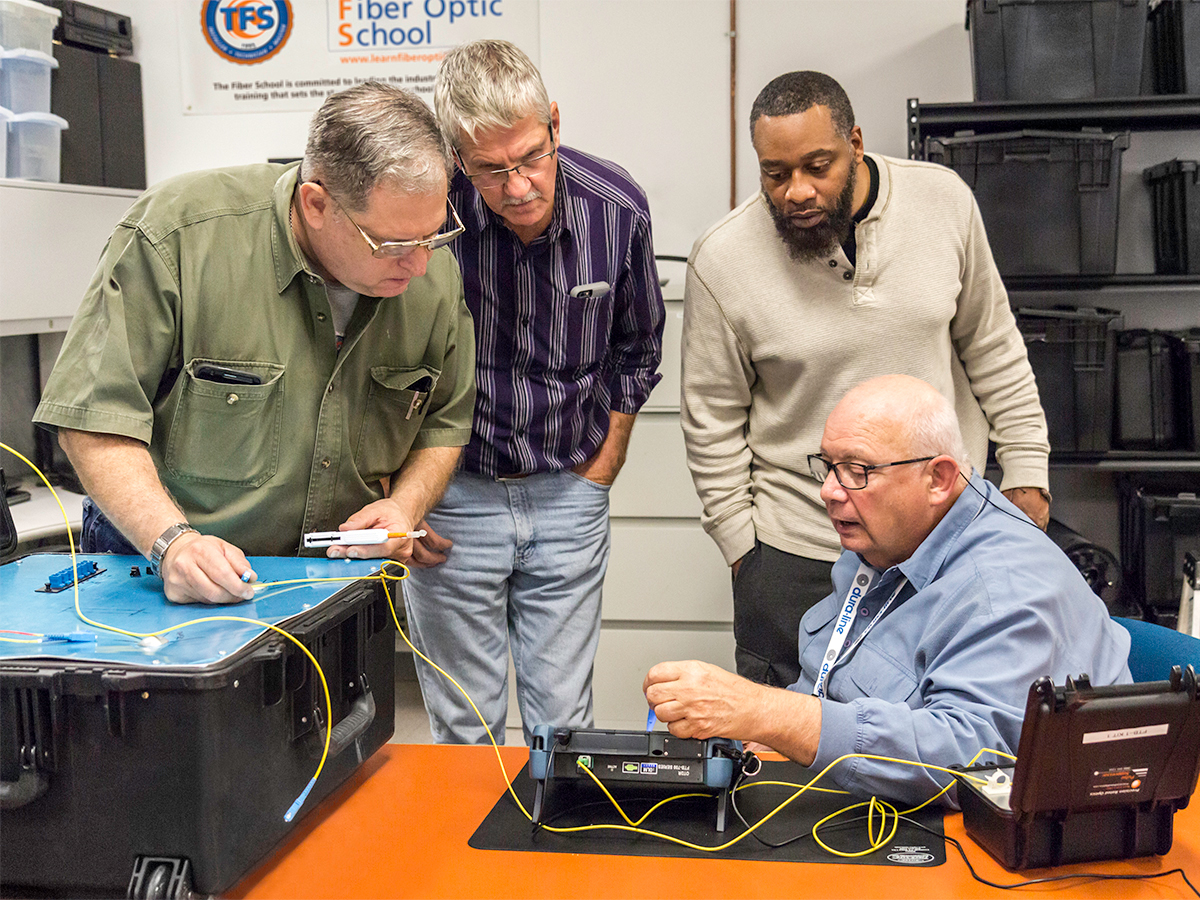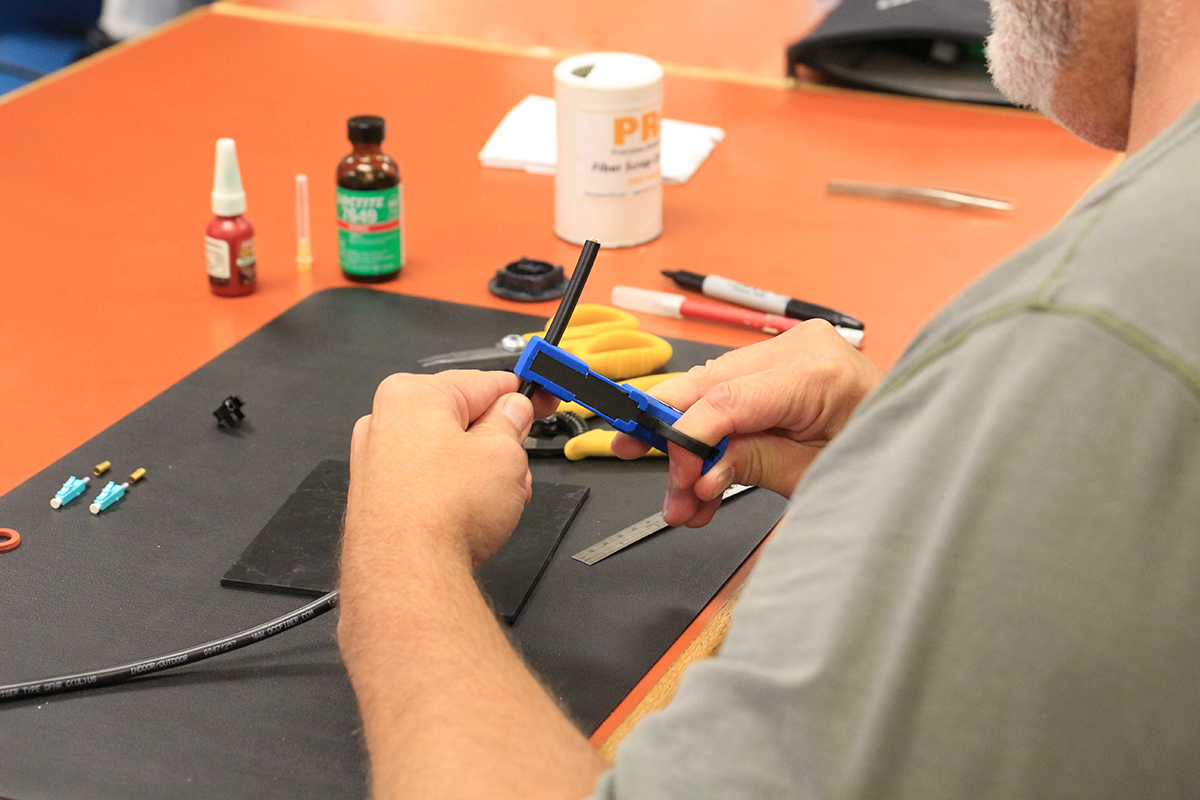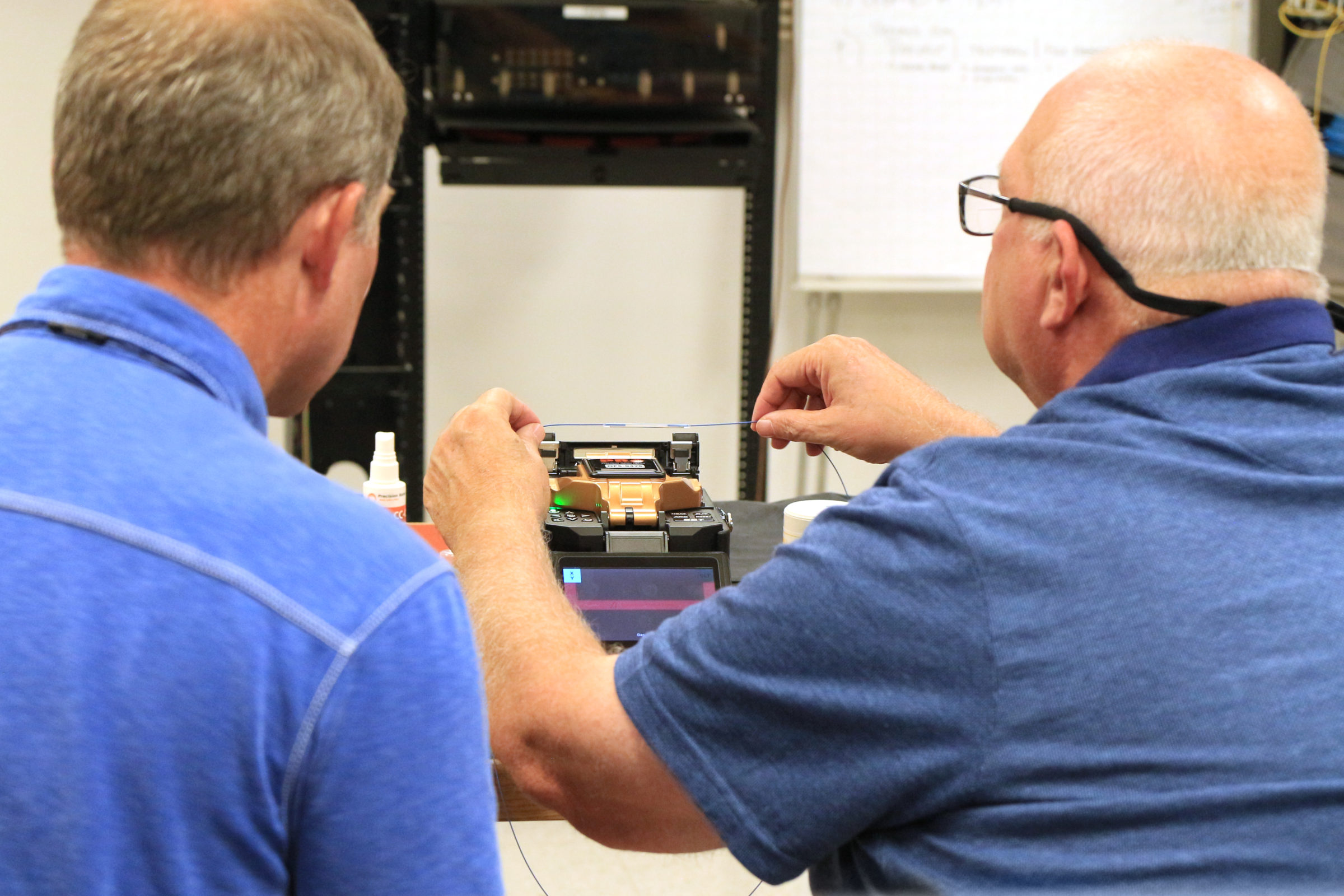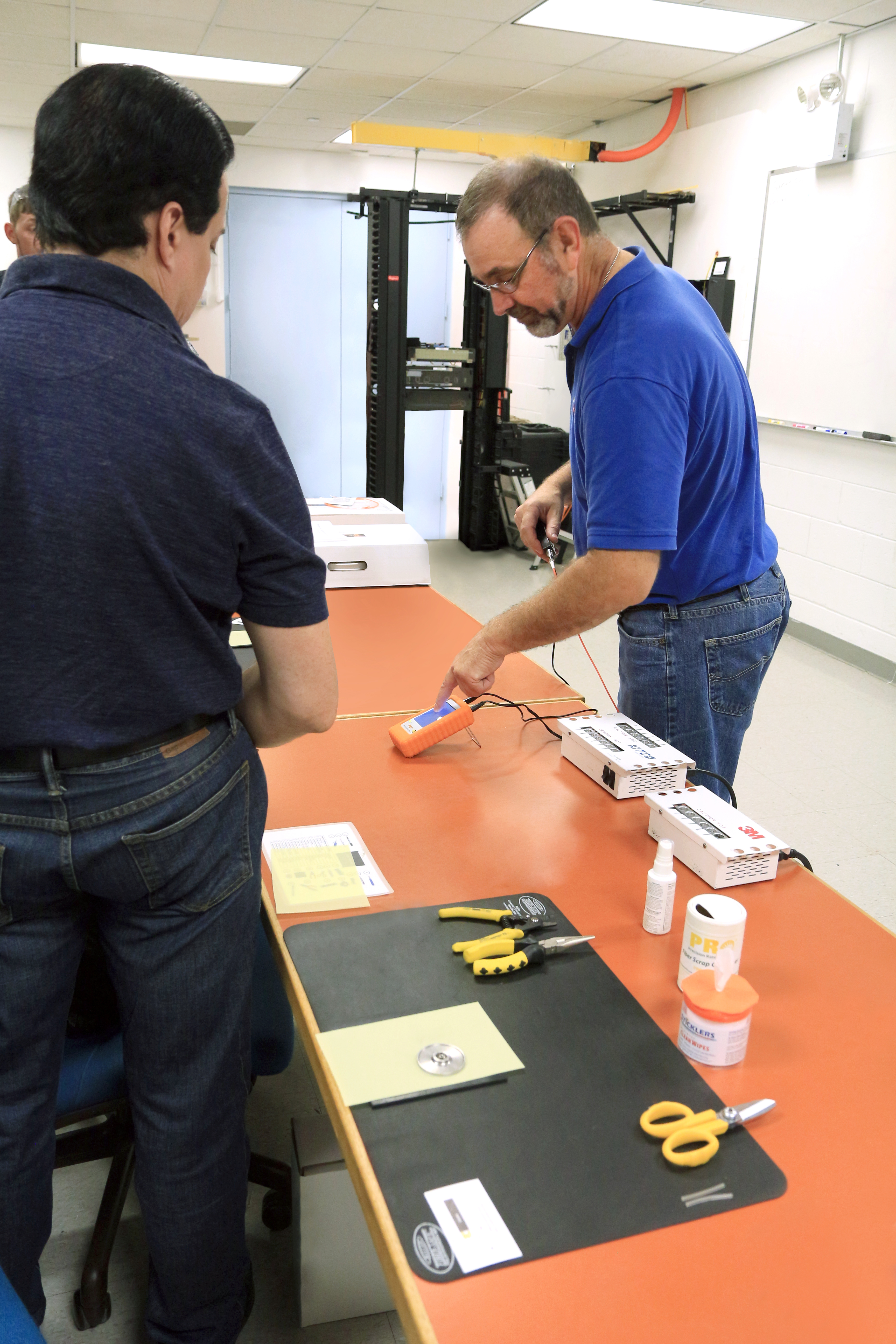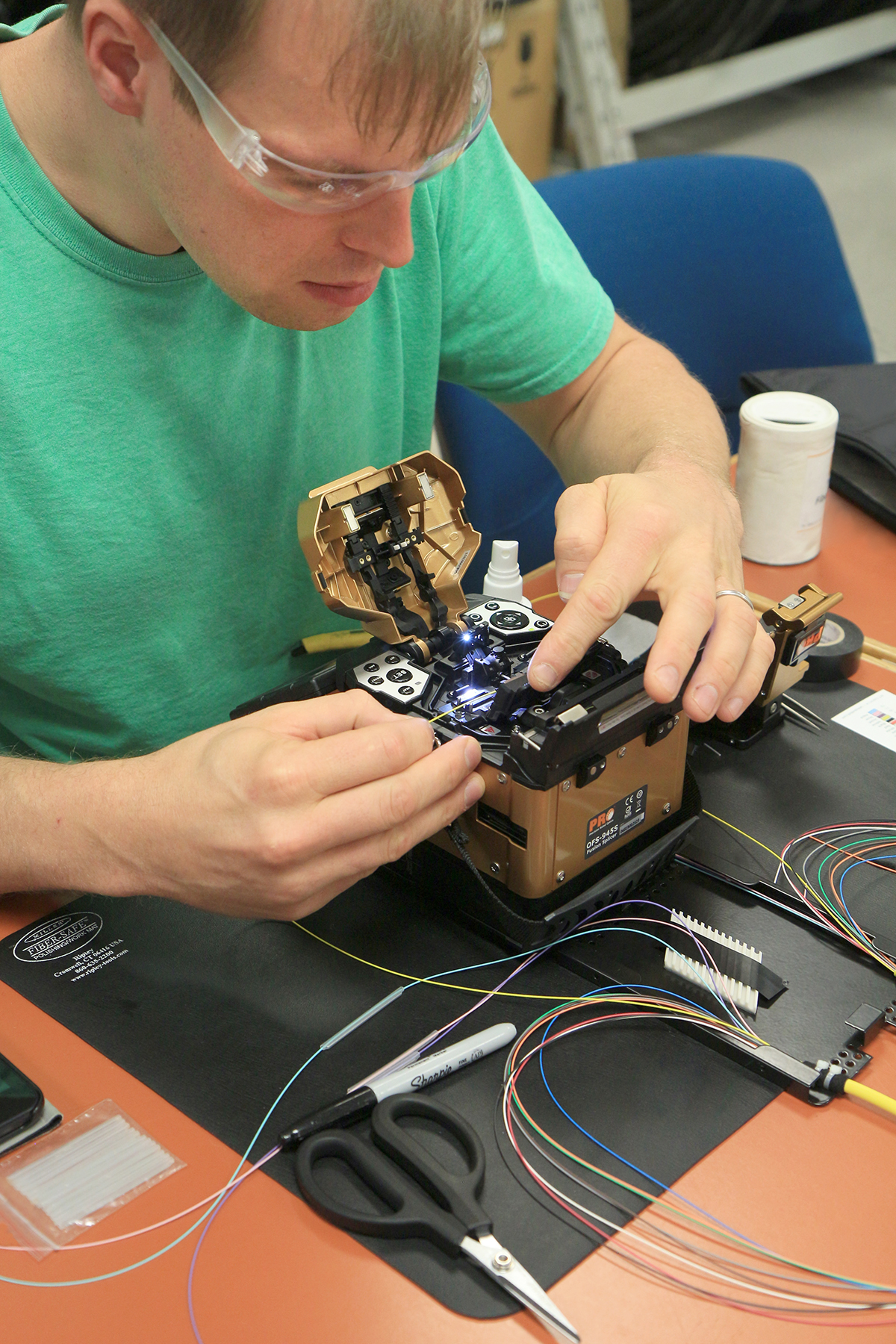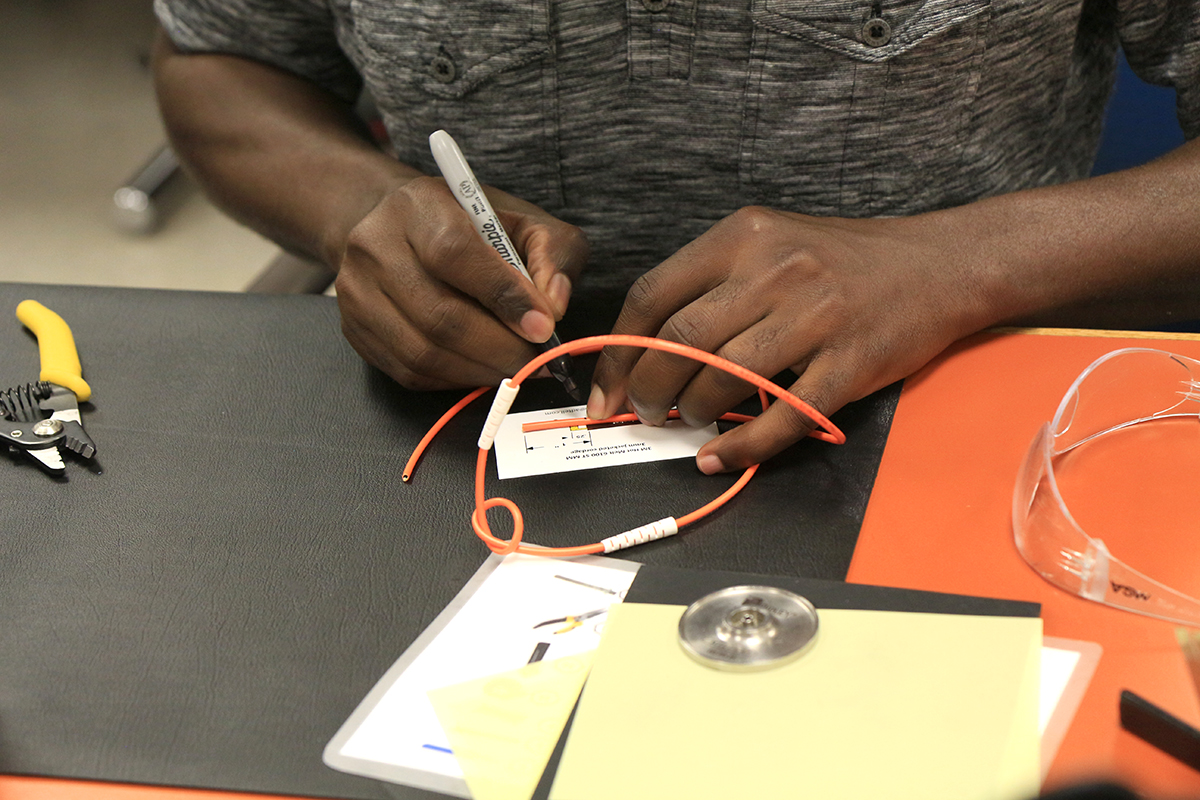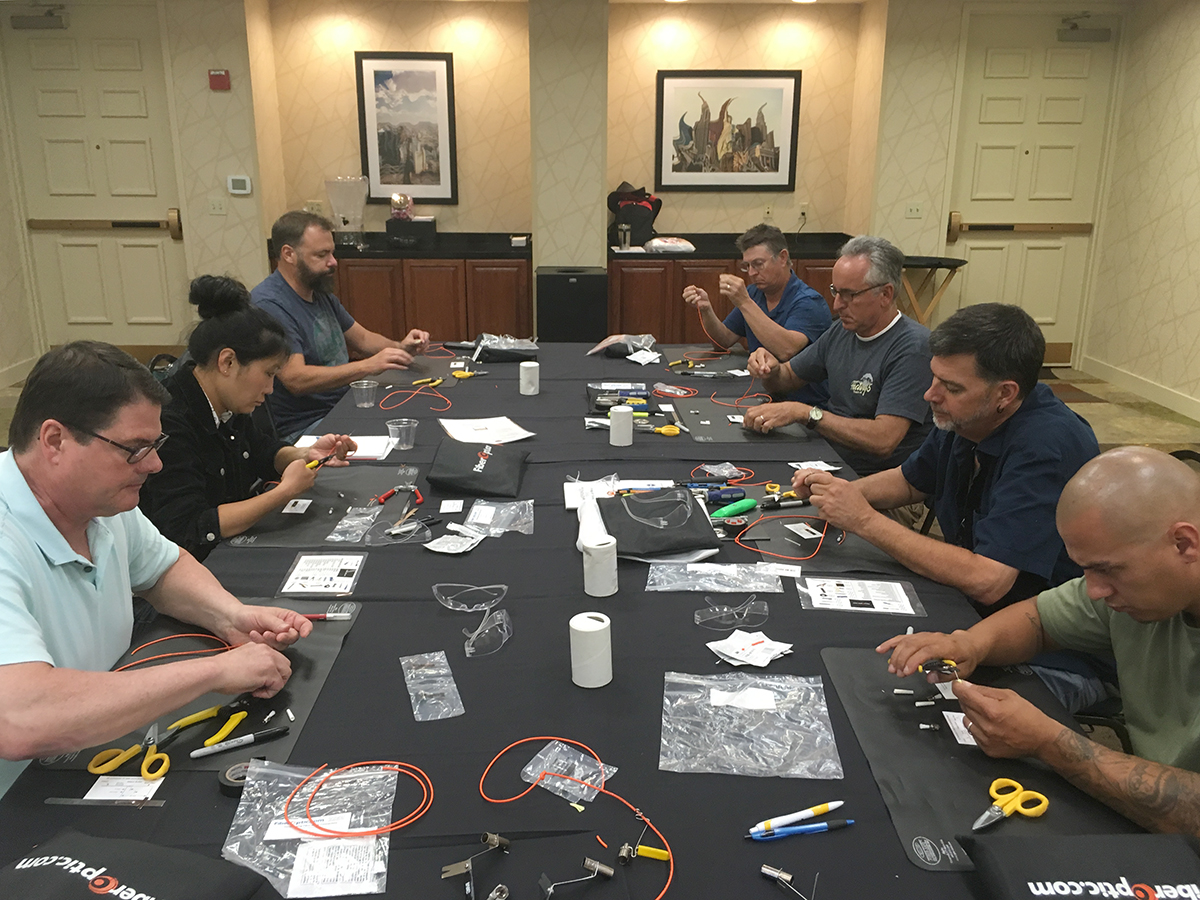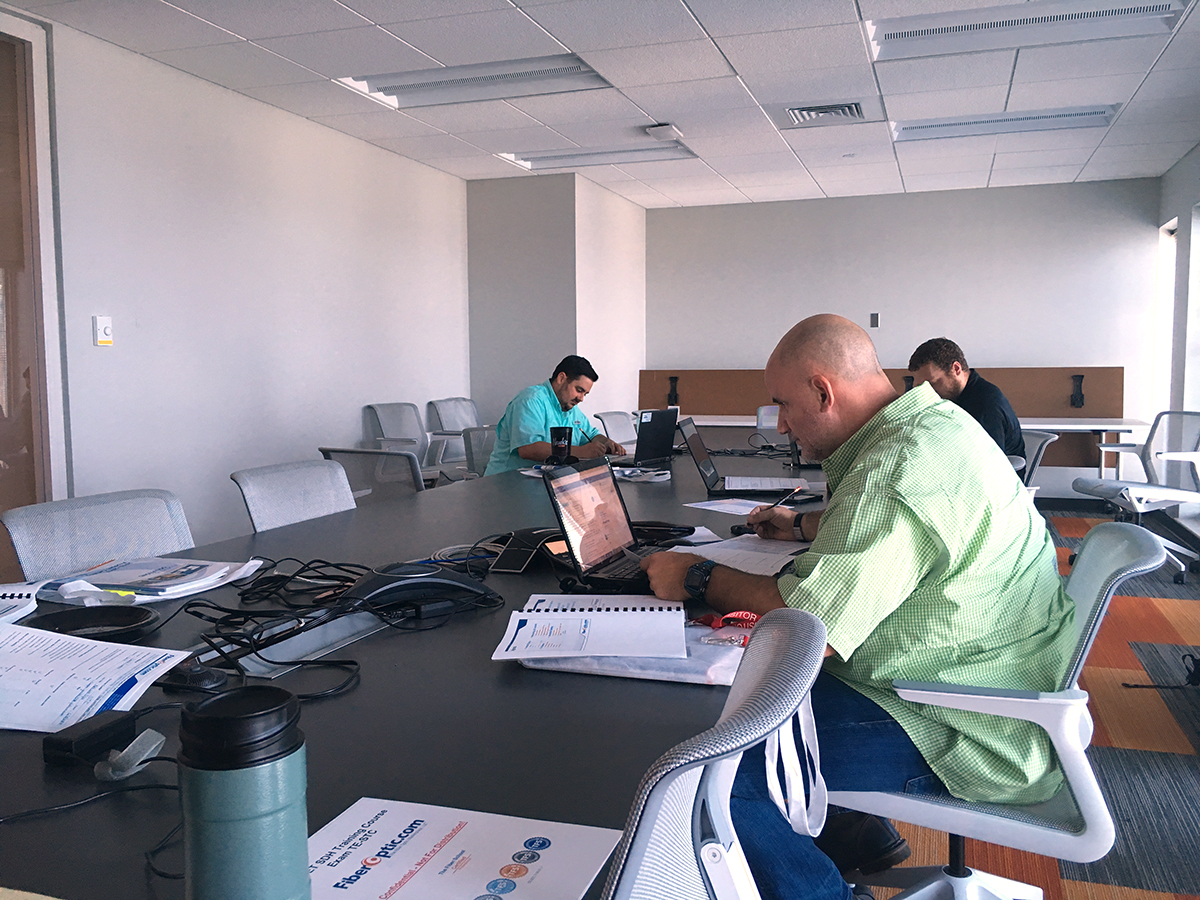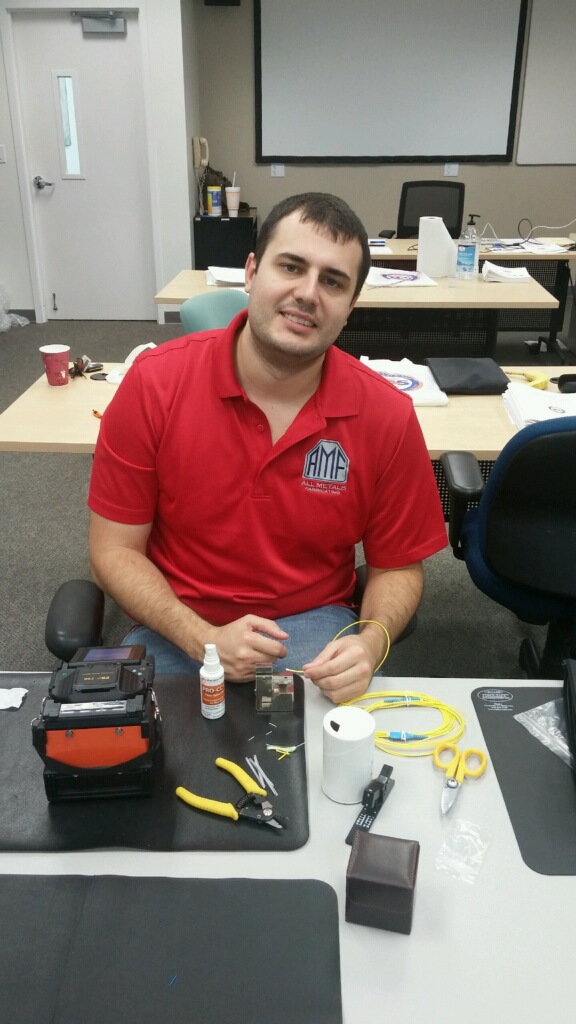COURSE DESCRIPTION
This fiber optic installation training course is designed for those who layout, install or maintain fiber optic cabling systems. It identifies you as a fiber optic installer able to demonstrate a practical knowledge of fiber optic theory, codes, standards and practices widely accepted in the fiber optics industry. In addition, this training incorporates two days of individual hands-on training validating fiber optic installer skills, including fiber terminations, cable preparations, fusion splicing, OTDR and optical loss testing. These skills are applicable to all the requirements to safely and competently install, maintain and test fiber optic cabling systems.
This fiber optic installation course is currently offered with a self-paced, online lecture and a hands-on workshop. This innovative approach to Fiber Optic Training and certification allows students to minimize expense, time and travel by learning at their own pace, on their own schedule (using online e-Learning to complete the lecture portion of the class.) Students may then complete the hands-on portion of the class at any of our scheduled sessions around the world (and can review the material within one year of registering for the course.) If online training is not ideal for your learning style, a more traditional instructor-led lecture or question and answer section is available upon request depending on the location and the size of the class.
TR-CFI is a BICSI CEC recognized course worth 19 BICSI CECs upon successful completion.
This course is classified as Level 1 Installer and it is followed by Level 2 Technician in the Professional Tracks. Our specialized Professional Tracks are two steps ahead of any other training programs available. These specialty programs build on the existing curriculum and then take it two extra steps. Paving your way to professional! FiberOptic.com will help you hone your skills to advance in your career.
Call 877-529-9114 or email training@fiberoptic.com for Professional Track scheduling.

